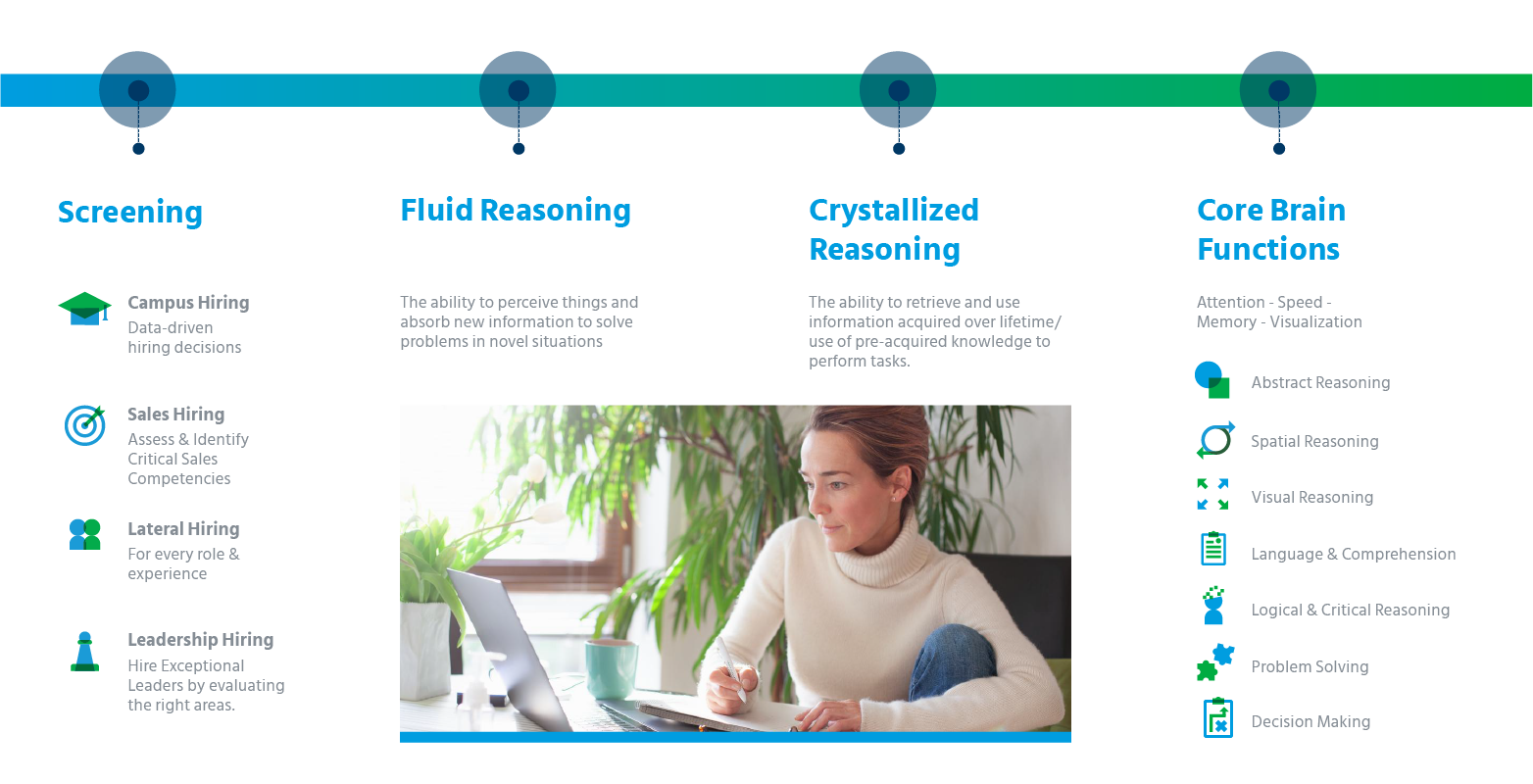Can you improve what you cannot measure? Absolutely not! Understanding your quality of hire metric is crucial to pinpoint the shortcomings, thus helping you adjust your strategies to achieve the desired outcome. While measuring the quality of hire can be an arduous undertaking, it is a vital metric that can provide actionable and valuable insights into your recruitment process.
Improved quality of hire scores can help organizations reduce overheads connected with identifying and retaining the best hires. In addition, it can help drive revenue growth for businesses if employees are at the top of their games and stay with their companies longer.
The quality of hire metric provides a better overview of your hiring process and the prospective candidates you attract. Still, it would be best to leverage the adequate tools when it comes to sustaining that talent.
Analyzing hiring quality is also crucial for assessing the job performance of the talent acquisition team. For example, are the organization’s recruiters sourcing candidates that best fit the company’s needs? How are new hires performing?
To ensure the best candidates are onboard, organizations must measure, track and minutely examine the quality of hire over time. This way, it is possible for organizations to achieve improved hiring processes and quality of hires over time.
It is also wise to associate the quality of hire metric with other metrics to enable data-driven fine tuning of your hiring strategy. For example, according to metrics, recruiting managers may observe that poor hires emanate from a particular hiring source – they can feed this helpful insight into future recruitment strategies.









 Behavioral Competencies
Behavioral Competencies Cognitive Competencies
Cognitive Competencies Coding Competencies
Coding Competencies Domain Competencies
Domain Competencies


















































Would you like to comment?